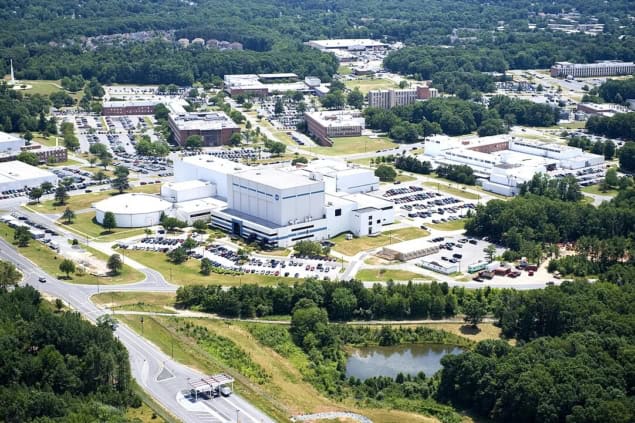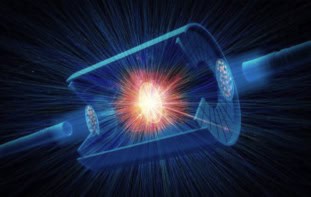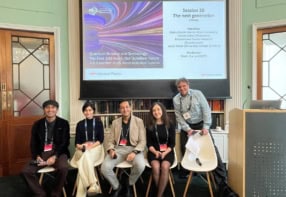
NASA’s Goddard Space Flight Center (GSFC) looks set to lose a big proportion of its budget as a two-decade reorganization plan for the centre is being accelerated. The move, which is set to be complete by March, has left the Goddard campus with empty buildings and disillusioned employees. Some staff even fear that the actions during the 43-day US government shutdown, which ended on 12 November, could see the end of much of the centre’s activities.
Based in Greenbelt, Maryland, the GSFC has almost 10 000 scientists and engineers, about 7000 of whom are directly employed by NASA contractors. Responsible for many of NASA’s most important uncrewed missions, telescopes, and probes, the centre is currently working on the Nancy Grace Roman Space Telescope, which is scheduled to launch in 2027, as well as the Dragonfly mission that is due to head for Saturn’s largest moon Titan in 2028.
The ability to meet those schedules has now been put in doubt by the Trump administration’s proposed budget for financial year 2026, which started in September. It calls for NASA to receive almost $19bn – far less than the $25bn it has received for the past two years. If passed, Goddard would lose more than 42% of its staff.
Congress, which passes the final budget, is not planning to cut NASA so deeply as it prepares its 2026 budget proposal. But on 24 September, Goddard managers began what they told employees was “a series of moves…that will reduce our footprint into fewer buildings”. The shift is intended to “bring down overall operating costs while maintaining the critical facilities we need for our core capabilities of the future”.
While this is part of a 20-year “master plan” for the GSFC that NASA’s leadership approved in 2019, the management’s memo stated that “all planned moves will take place over the next several months and be completed by March 2026″. A report in September by Democratic members of the Senate Committee on Commerce, Science, and Transportation, which is responsible for NASA, asserts that the cuts are “in clear violation of the [US] constitution [without] regard for the impacts on NASA’s science missions and workforce”.
On 3 November, the Goddard Engineers, Scientists and Technicians Association, a union representing NASA workers, reported that the GSFC had already closed over a third of its buildings, including some 100 labs. This had been done, it says, “with extreme haste and with no transparent strategy or benefit to NASA or the nation”. The union adds that the “closures are being justified as cost-saving but no details are being provided and any short-term savings are unlikely to offset a full account of moving costs and the reduced ability to complete NASA missions”.
Accounting for the damage
Zoe Lofgren, the lead Democrat on the House of Representatives Science Committee, has demanded of Sean Duffy, NASA’s acting administrator, that the agency “must now halt” any laboratory, facility and building closure and relocation activities at Goddard. In a letter to Duffy dated 10 November, she also calls for the “relocation, disposal, excessing, or repurposing of any specialized equipment or mission-related activities, hardware and systems” to also end immediately. NASA suffering from ageing infrastructure and inefficient management practices, finds report
Lofgren now wants NASA to carry out a “full accounting of the damage inflicted on Goddard thus far” by 18 November. Owing to the government shutdown, no GSFC or NASA official was available to respond to Physics World’s requests for a response.
Meanwhile, the Trump administration has renominated billionaire entrepreneur Jared Isaacman as NASA’s administrator. Trump had originally nominated Isaacman, who had flown on a private SpaceX mission and carried out spacewalk, on the recommendation of SpaceX founder Elon Musk. But the administration withdrew the nomination in May following concerns among some Republicans that Isaacman had funded the Democrat party.



